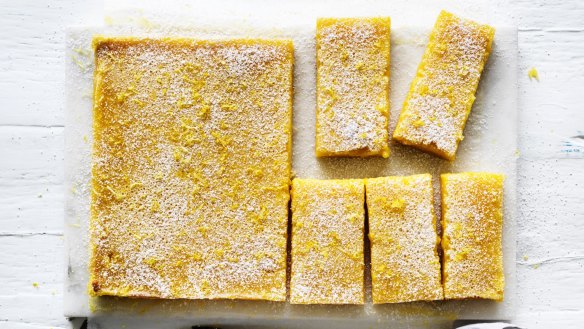What does the 'zest of a lemon' really mean?

I am new to cooking and confused by the term "zest of a lemon". P. Archer
Welcome to the world of cooking. It never gets boring. While you're just starting out, now is the perfect time to nail those basic skills. Such as using a knife properly, chopping vegetables for texture and flavour, and making your own stock. Those skills will stand you in good stead for the rest of your cooking life.
One ingredient, along with salt, you should always have in your kitchen is lemon. With the juice you can make a salad dressing, stop apples from browning, or season a fish. The skins will help thicken jam, and the outer layer of skin, or zest, can add the powerful punch of citrus aroma without changing the acid balance of a dish. The zest is also called the flavedo or exocarp – which sounds like something you use to kill feral fish. It is dotted with tiny reservoirs of volatile oil. These deter pest attack in the orchard and, luckily for us, are highly aromatic. Under this layer is the mesocarp or pith. It contains tannins that make it slightly bitter.
To zest a lemon, you need to remove the colourful outer layer, avoiding the white bitter pith, using something sharp. I love using my Microplane, which is a handheld grater with lots of fine, sharp teeth. You can also use the fine teeth in a box grater, but you'll spend as much time trying to remove the zest with the tip of a knife as you'll do grating. You could also lay that same knife flat against the skin of the fruit and, cutting away from you, saw the skin away at a shallow angle to remove the zest in thin strips.
You may want julienned zest, which are the strings of peel on top of a flourless orange and hazelnut cake. For this, you can cut the strips you have made using your knife into finer shreds. Or buy a zester, a utensil with a handle and a flat blade with a row of round holes that you drag over the surface of a lemon. If you need both zest and juice, juice the lemon first. The zest is the protective layer, and without it, lemons will soon spoil. You can zest the entire fruit, use what is required by the recipe, and freeze the rest in a small ziplock bag with the air removed.
What could be a substitute for pancetta or bacon in cooking if pork products can't be used for religious reasons? D. Davis
Many years ago, I went out with a vegetarian girl who ate bacon. She claimed it was a spice. Bacon imparts a smoky note to food as well as salt and fat. Pancetta is cured rather than smoked pork belly, and adds salt, umami and richness to dishes. You can buy an excellent bacon substitute made from lamb from a wonderful farmer called Toni Barton, who has a farm in the Cobaw Ranges north of Melbourne. You'll find her at lambbacon.com.au. You can use thick slices of fatty pastrami (usually made from beef brisket) instead of bacon, but it will dry out if cooked too fiercely. As an alternative to pancetta, look for duck or goose "prosciutto". Or add a little extra duck fat, butter, lightly flavoured extra virgin olive oil, French sesame oil, pumpkin seed oil or even macadamia oil for a rich texture.
Send your vexing culinary conundrums to brainfood@richardcornish.com.au or tweet to @realbrainfood.
Appears in these collections
More:
From our partners
Original URL: https://www.brisbanetimes.com.au/goodfood/what-does-the-zest-of-a-lemon-really-mean-20200721-h1pi14.html
